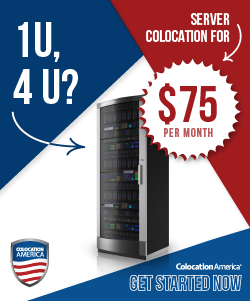Managing Windows Server Updates - Alternative to WSUS?
-
I've used WSUS before and didn't like it. Now at my current company they are looking into starting to use it for our new web service project. Salt has a pretty promising looking execution module and state module, but I can't wrap my head around the process we would use with it in order to manage updates without creating too much extra work by managing them.
It seems like that could be accomplished by just deploying each cumulative update. (This is for Server 2016) So would we just be updating the state with the latest cumulative update and removing the previous one from the installed list?
Is anyone using Salt for managing updates? What's your procedure? Are you using another tool?
-
Sodium has some really basic pieces of that already built in using Salt. It's very early and definitely not where it should be, but it's Salt with a GUI that is specifically tackling this problem.
-
@quixoticjustin said in Managing Windows Server Updates - Alternative to WSUS?:
Sodium has some really basic pieces of that already built in using Salt. It's very early and definitely not where it should be, but it's Salt with a GUI that is specifically tackling this problem.
That's nice to hear, when I took a peak at Sodium it looked like it was still pretty far behind at using a lot of Salt's capability.
We don't really care about a GUI in this situation, and we're already going to be requiring the power of Salt.
I am curious about how it is implemented in Sodium though, and how the user is expected to interact with it.














